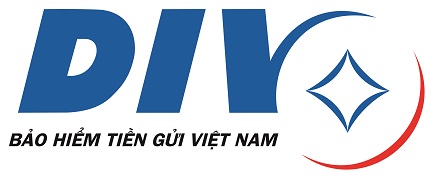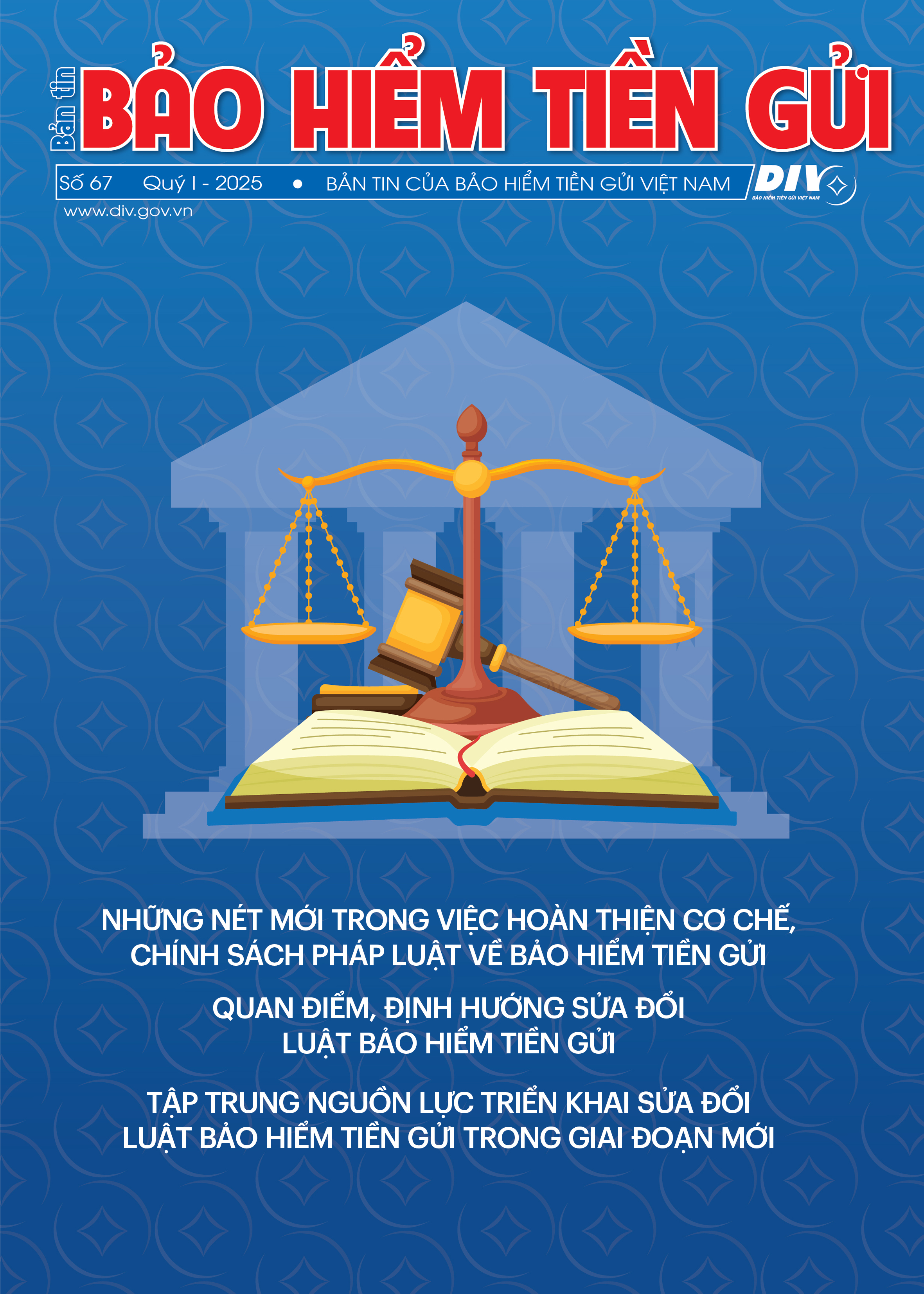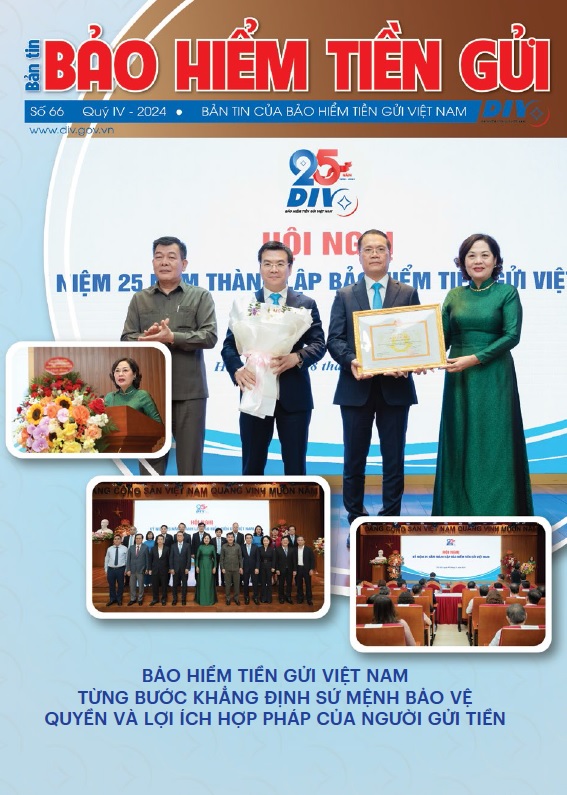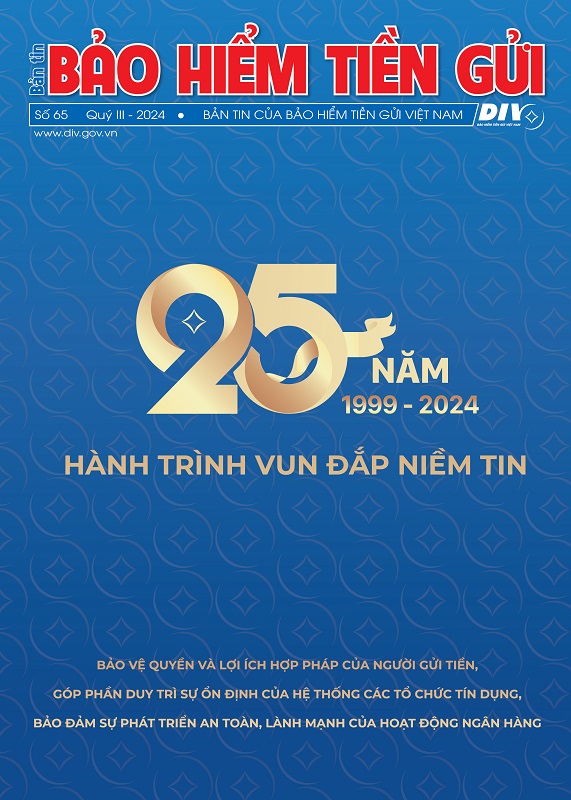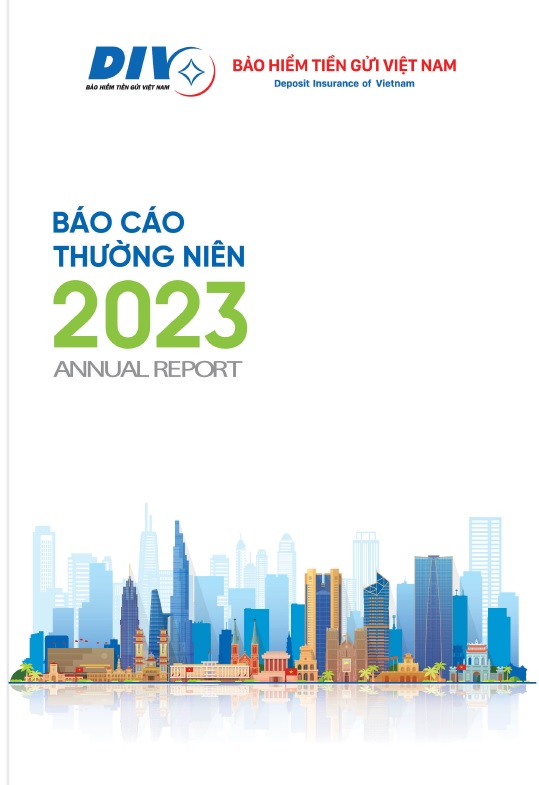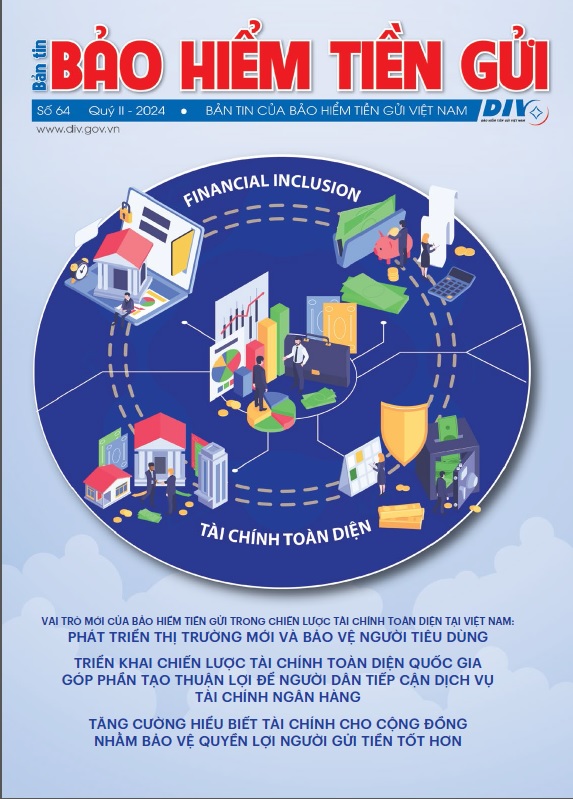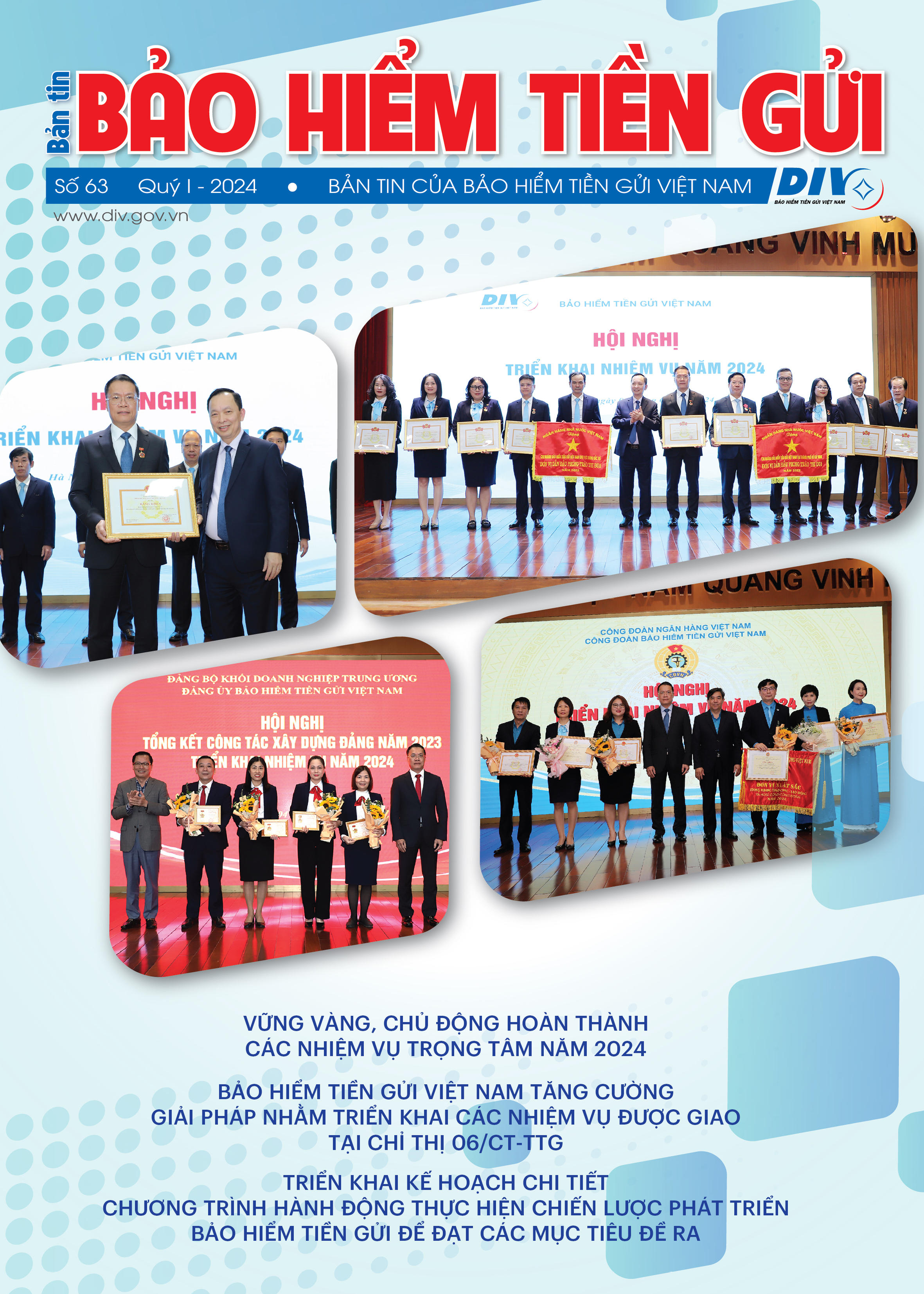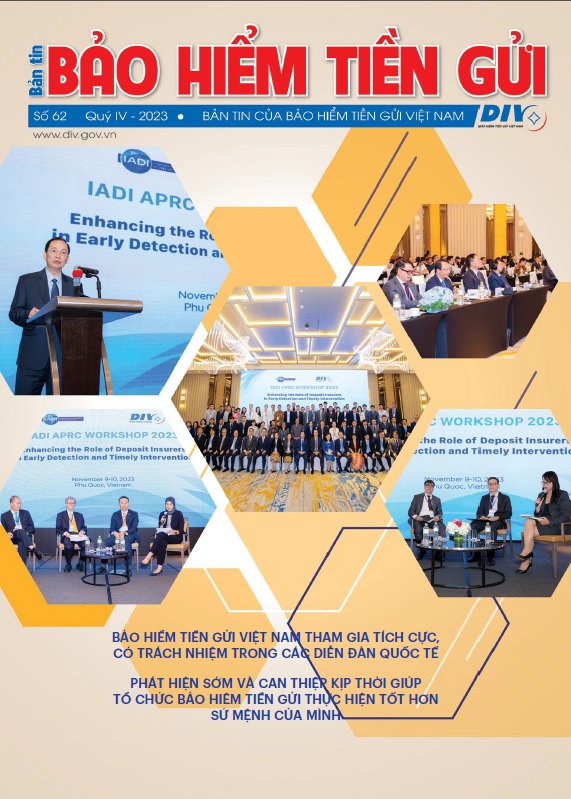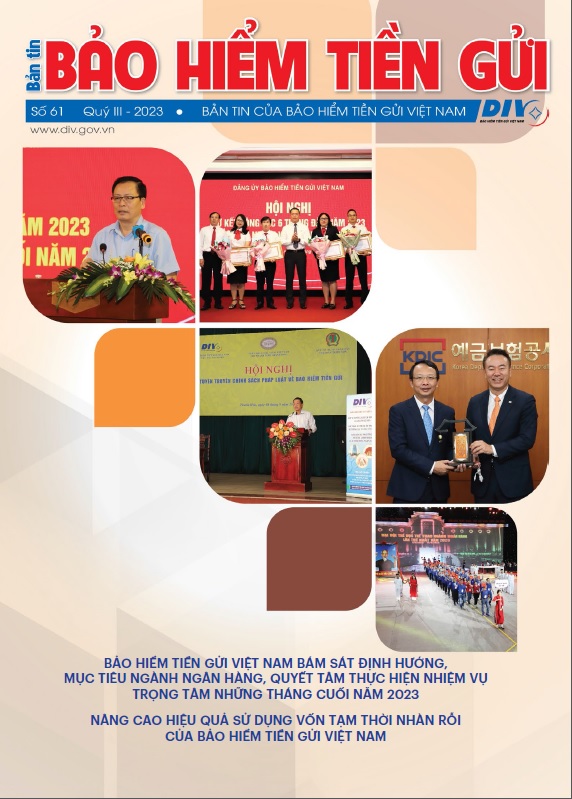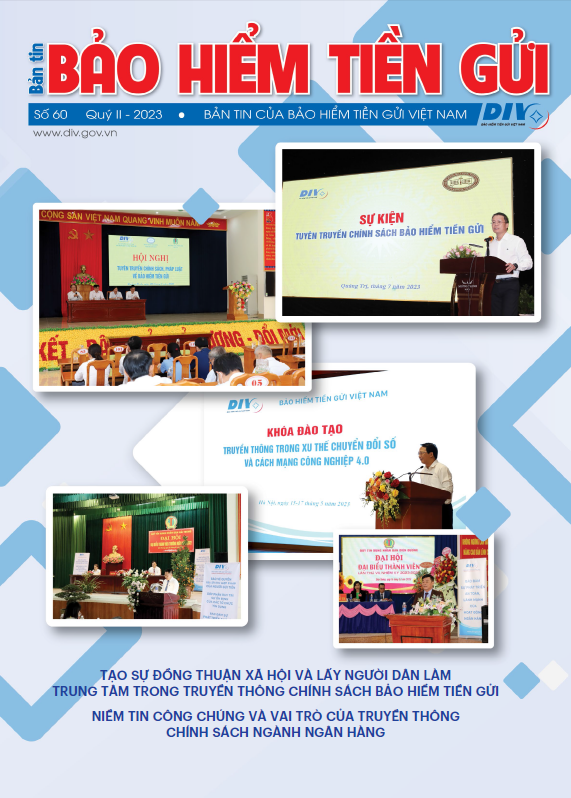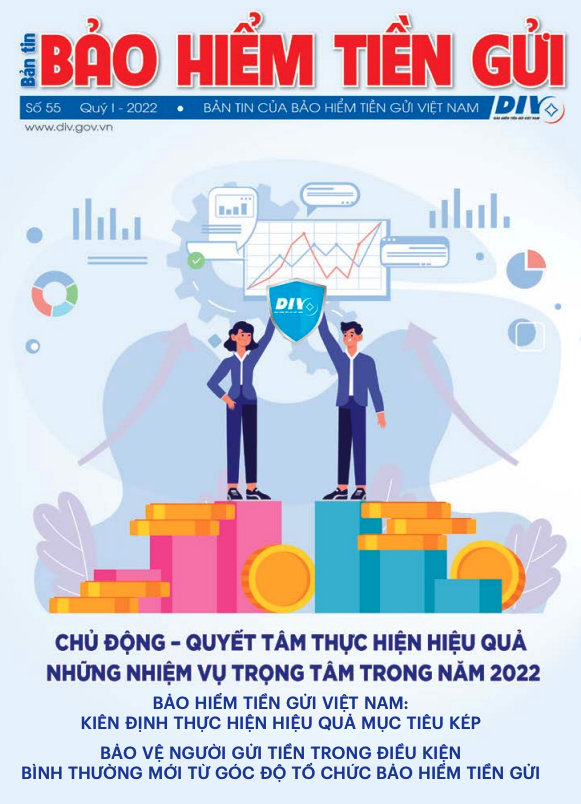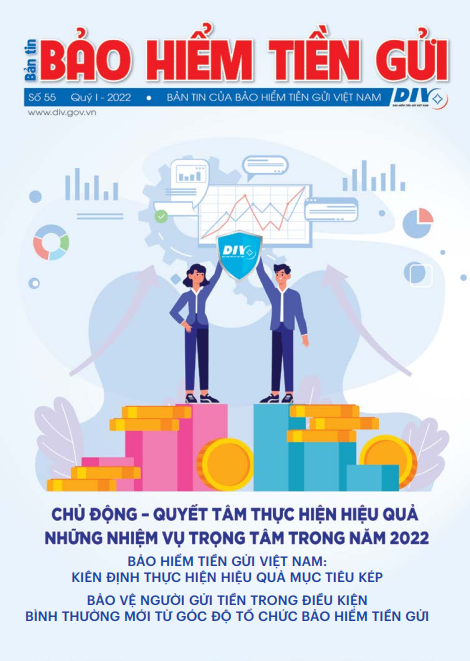Currently, in Ha Giang there are eight people credit funds (PCFs) besides commercial banks. Mobilized capital reaches 4,500 billion Vietnamese dongs, credit outstanding balance amounts to nearly 9,000 billion dongs and non-performing loans account for approximately 0.84%. These encouraging results are attributed partly to the important role of deposit insurance (DI) policy.
Journalist: Could you please tell us in more detail the significance of DI policy to banking operations in Ha Giang?
Recognizing the importance of DI policy, we have promoted awareness of DI through meetings with PCFs, meetings of Provincial People’s Council and Party Provincial Executive Committee, thereby consolidating people’s confidence in depositing money with credit institutions. Consequently, this year mobilized capital stands at a high level with the growth rate of 15-17% higher than that of the whole country as well as of Ha Giang itself in 2011 and 2012. In my opinion, DI policy has already had impacts on the development of Ha Giang.
With the aim of reinforcing public confidence for development, DI policy has demonstrated the concern of the State and the Party for all ethnic groups. The confidence of depositors helped credit institutions maximize mobilization of idle funds and extended loans to households and enterprises, which boosted production and business, reduced poverty and constrained the rampant growth of “black credit”.
Through the implementation of DI operations such as reimbursement and risk supervision, the Deposit Insurance of Vietnam (DIV) has well protected the legitimate rights of depositors, hence contributed to the safety and soundness of the banking system in general and credit institutions in particular.
Journalist: Apart from the mentioned encouraging results, what make it difficult for deposit insurance policy to reach people and insured institutions?
Besides the overall improvement of DI policy, there are still some weaknesses in deposit insurance regulations. Amongst these, the coverage limit and premium should be promptly adjusted in order to bring the Law on DI to life soon.
Journalist: Many think that the 50 million dong coverage limit is outdated. Please share your view on this.
As you know, the coverage limit plays an important role in consolidating public confidence and has certain impacts on the behaviors of depositors.
Considering the economic development of Ha Giang, the average income of people and the number of depositors who have deposit balance more than 50 million dongs, in my opinion, the current coverage limit is no longer suitable. In fact, this has been applied since 2005 and outdated. Therefore, I recommend the concerned authorities to promptly submit the adjustment of coverage to the Prime Minister for consideration and approval. The coverage limit should be set at 200-300 million dongs in order to better protect the rights of depositors, to match the current socio-economic conditions, and to conform to international practice.
Journalist: Regarding the premium, what recommendations do you have?
In my view, the government should consider the adoption of a risk-based premium system instead of the current flat-rate one.
Study on the operation of credit institutions in the region shows that the application of risk-based premiums would enhance the transparency of credit activities and promote the fair competition among credit institutions. Moreover, it would help credit institutions adapt quickly in order to operate more effectively and avoid systemic risks.
Journalist: Thank you very much.
